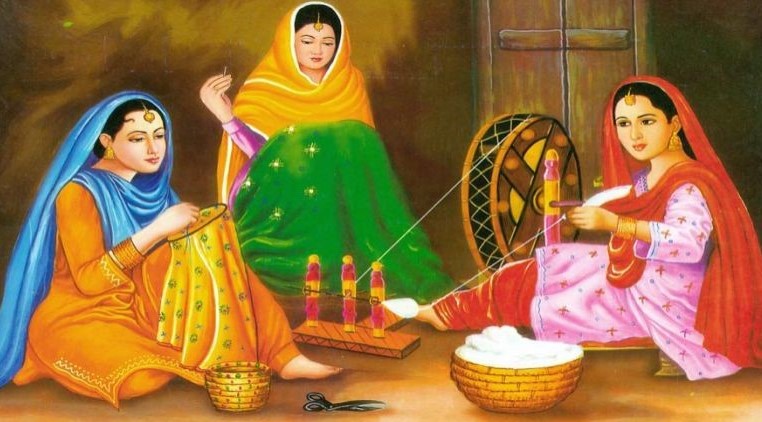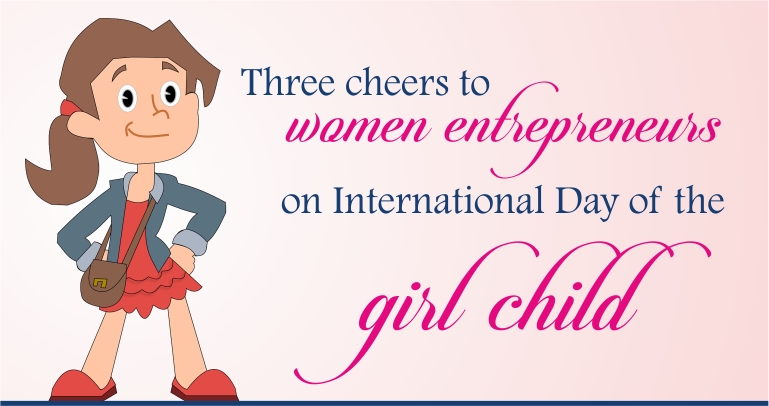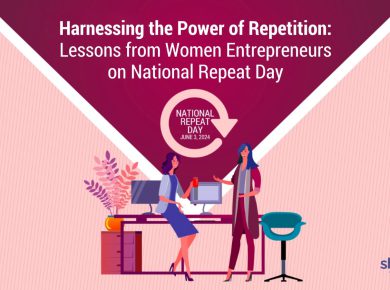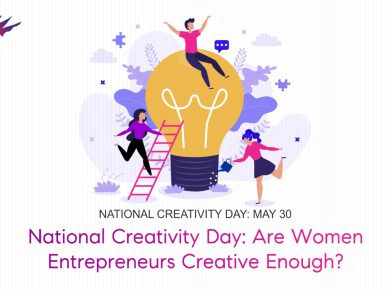A recent report from the World Bank cites a worrying statistic of a falling rate of Female Labour Force Participation (FLFP), ranking India 121 out of 131 nations, followed only by Pakistan in South Asia. Aptly titled “Precarious Drop”, the report notes a significant drop in women’s participation in the workforce from 42.7% in 2004-05 to 31.2% in 2011-12. What this translates to, is about 19.6 million women and girls having dropped out of the workforce during this period, primarily from rural areas. While factors such as education, social and marital status and economic stability at home and social stigma towards paid work for women are cited as factors contributing to this trend, the report also paves the way for discussions on how to increase the percentage of women in the Indian workforce, and thereby positively impact economic growth of the country.
A related and worrying statistic thrown up by the report is that two thirds of qualified educated Indian women are unemployed. While this could point to the fact that more women are educated now thanks to government schemes, it also could indicate to the cultural bias against women earning a living, safety concerns at the workplace and the lack of affordable childcare.The answer to this conundrum could be found in women’s entrepreneurial endeavors in small and medium sized businesses. With the service industry’s current boom, the economy is presenting many opportunities for hybrid business models for women. The flexibility of working from home or co-working spaces, limited capital investment and the welcome push from the government all can contribute to the rise of women-driven enterprises that could potentially employ even more women. Says Ruby Sinha, successful founder of Kommune PR and three other home-grown businesses in the media sector, “I started Kommune when my children were young and needed me around more than just an hour in the morning and a couple at night. It gave me the flexibility to fulfil my career goals and aspirations without compromising on the much-needed mother’s touch for my children.” Today Ruby’s firm hires over 20 women, many of whom are given the option of flexible work timings and are encouraged to bring their kids to office. “I believe that a woman can give her 110% at work as long as she knows her home is under control. It’s not an impossible task to balance both, but a conducive atmosphere is essential. Often, only a woman can understand that”, says the successful entrepreneur.
The government has rolled out a number of incentive and concession schemes to help women kick start businesses, including the Prime Minister’s RozgarYojna with a benefit to women, MSE Cluster Development Program by the Ministry to MSME and lower interest rates on loans to women from the Credit Guarantee Fund Scheme for Micro and Small Enterprises. In addition to these, there are a number of NGOs (Non-Government Organization) and women’s entrepreneur associations such as Federation of Indian Women Entrepreneurs (FIWE), Consortium of Women Entrepreneurs(CWEI), Self-Employed Women’s Association (SEWA), SAARC Chamber Women Entrepreneurship Council and TiEStree Shakti (TSS) that help create platforms for women entrepreneurs to share and learn from each other’sexperiences as well as facilitate women empowerment. India has a long road ahead in creating gender equality, and the growth of women-driven businesses will only help contribute to the economic well-being of the family and communities, poverty reduction and women’s empowerment, thus contributing to the Millennium Development Goals (MDGs).









